1. Caspian Sea – 371,000 Km2
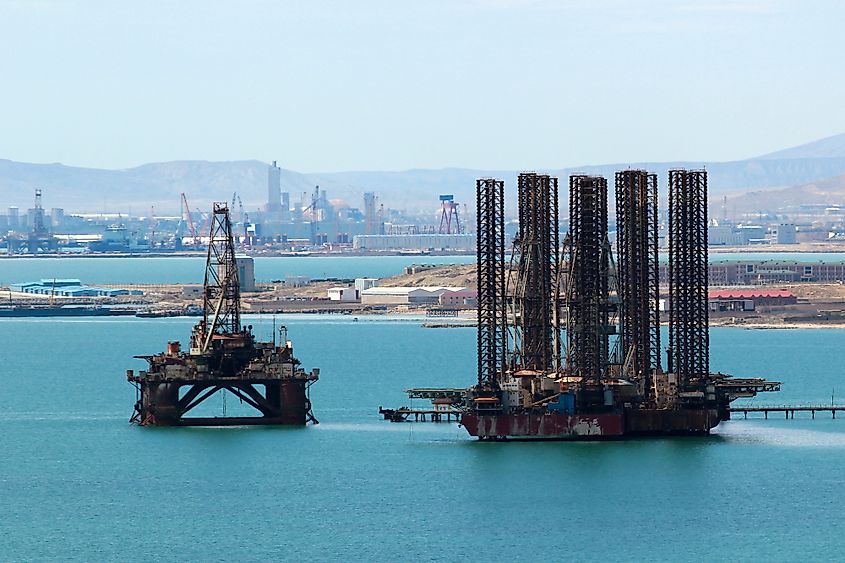
The Caspian Sea is the largest inland body of water on earth and the largest lake in the world. It borders Kazakhstan, Russia, Turkmenistan, Azerbaijan, and Iran. The Caspian Sea is truly impressive and has a surface area of 371,000 km2 and a volume of 78,200 km3. It is an endorheic basin, which sits 27 meters below sea level. The water in the lake is slightly saline, but only about a third as salty as other open seas or oceans.
2. Lake Superior Lake – 82,100 Km2
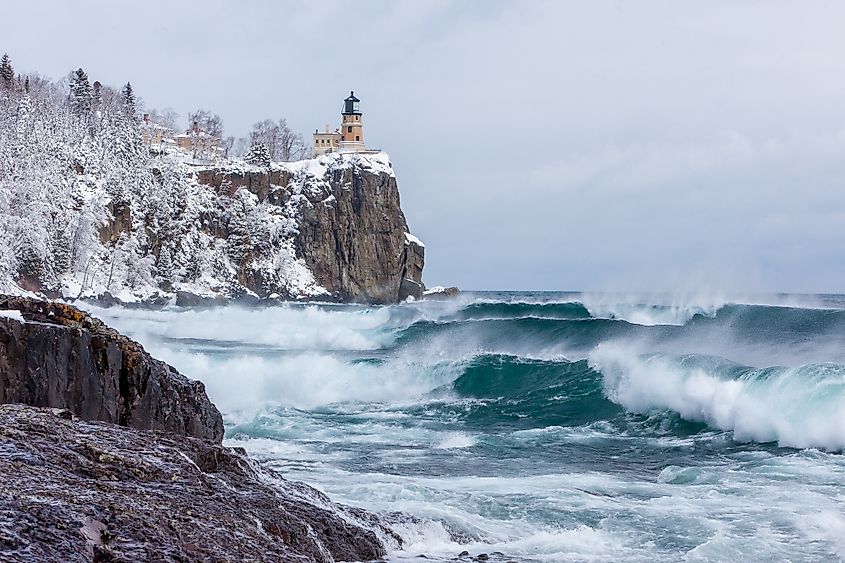
Lake Superior is the largest of the Great Lakes, with an area of 82,100 km2. It sits along the border between Canada and the United States of America, and has shorelines in the province of Ontario, as well as the states of Minnesota, Wisconsin, and the upper peninsula of Michigan. Lake Superior also has the greatest volume of any of the Great Lakes, and in fact contains more water than all of the other four great lakes combined for a volume of 12,100 km3.
3. Victoria Lake – 68,870km2
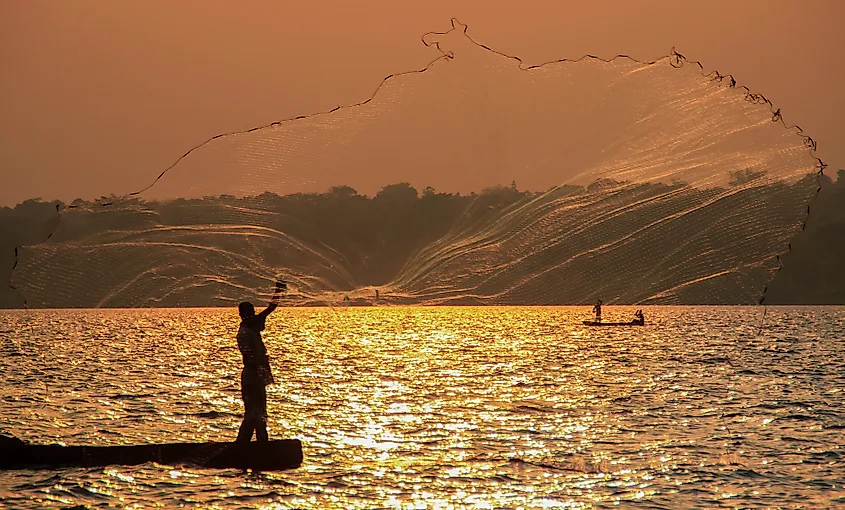
Lake Victoria is the third largest lake in the world, with an area of 68,870km2, making it the largest lake in Africa. The lake borders the countries of Uganda, to the north, and Kenya and Tanzania to the East and South. The lake is known for its wildlife, and a number of fish species can be found in its freshwater, such as tilapia, perch, and many endemic species of cichlids. Some of these species are popular for fishing, though environmental concerns have begun to threaten the health of the lake.
4. Huron Lake – 59,570 Km2
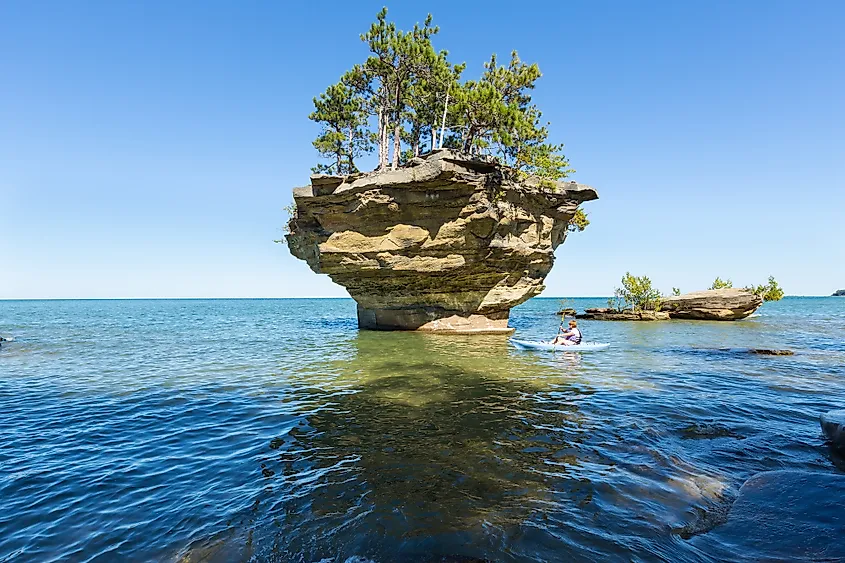
Huron is another of the North American Great Lakes, which is located between the state of Michigan in the United States, and Ontario in Canada. It has a total surface area of 59,570 km2. Huron is one of the cleaner and clearer lakes within the Great Lakes system, and as such is home to a variety of fish species such as walleye, lake sturgeon, Alewife, Lake trout, and Lake whitefish. Lake Huron also contains some 30,000 islands, including Manitoulin Island, which is the world’s largest freshwater island, and is home to more than 12,000 residents.
5. Michigan Lake – 57,757 Km2
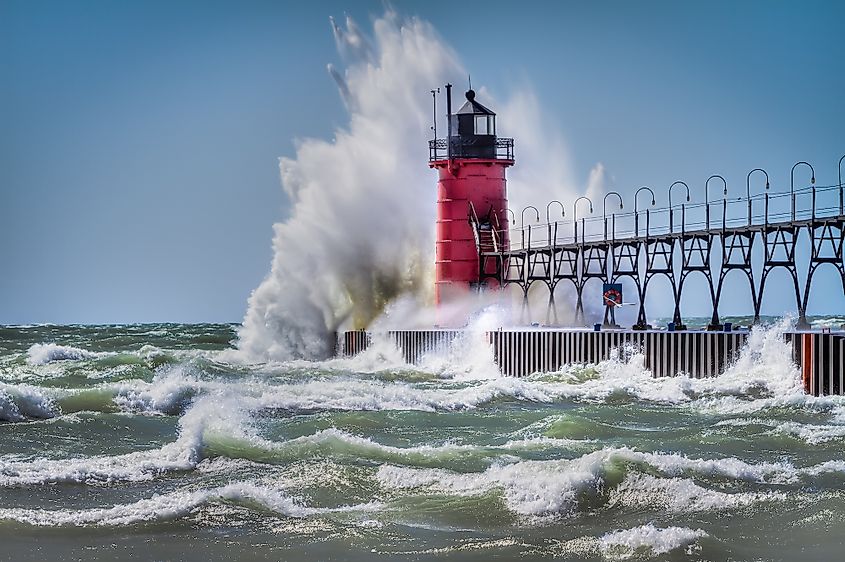
Lake Michigan measures roughly 57,757 km2 in surface area, and is the third largest lake in North America. It borders several of the United States including Illinois, Indiana, Michigan and Wisconsin, and is the largest lake found entirely within one country (the U.S.). Several major cities sit along its shores, including Milwaukee and Green Bay in Wisconsin; Chicago in Illinois; the city of Gary in Indiana; and Muskegon in Michigan. The lake is also home to the protected areas: Sleeping Bear Dunes National Lakeshore and Warren Dunes State Park.
6. Tanganyika Lake – 32,600 Km2
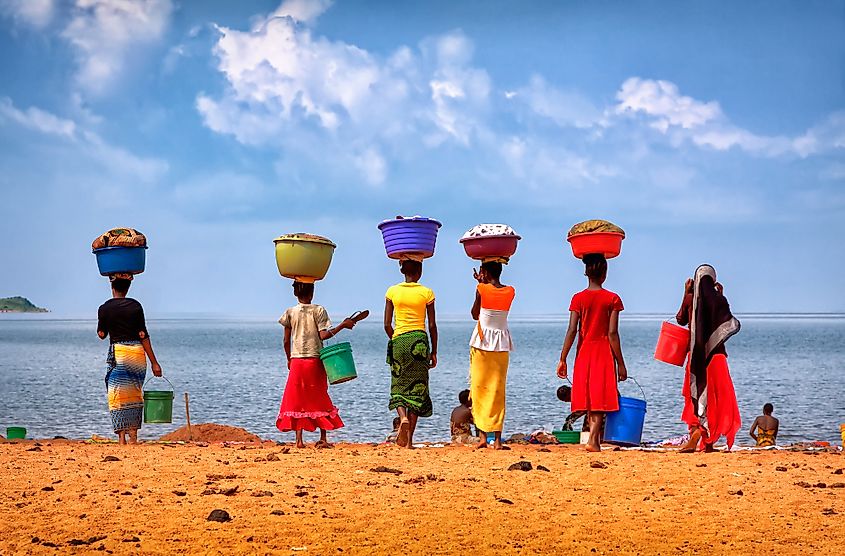
Lake Tanganyika is located on the continent of Africa, and borders the countries of Burundi, Tanzania, Zambia, and the Democratic Republic of Congo. It is the longest freshwater lake in the world, with a length of 676 kilometers, and the third largest of any kind by volume (18,900 km3). The total surface area of the lake is 32,600 km2. It is also thought to be the second-oldest freshwater lake. Tanganyika is home to a large population of Nile crocodiles,various types of terrapin, cichlids and a wide variety of other fish, some of which are endemic to the area.
7. Baikal Lake – 23,600 Km3
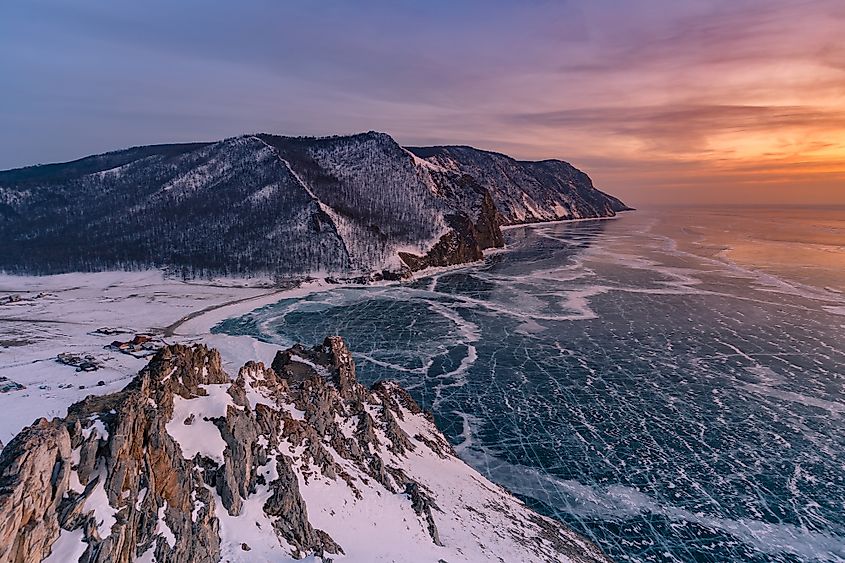
Lake Baikal is located in a mountainous area of Russia, north of the Mongolian border. It has an area of 31,500 km2. It is also the deepest lake at 1637 meters, and the world’s largest lake by volume at 23,600 km3. Baikal is truly huge. It contains roughly 23% of the world’s fresh surface water, which is more than all of the North American Great Lakes combined. It is also thought to be the world’s oldest lake, and it is estimated it dates back some 25–30 million years.
8. Great Bear Lake – 31,000 Km2
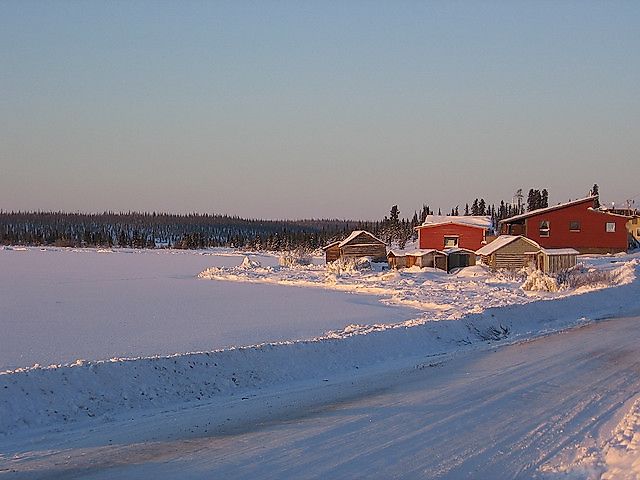
Great Bear Lake has an area of 31,000 km2, and is the largest lake entirely in Canada. It can be found in the Boreal forests of Canada’s Northwest Territories, at a latitude which crosses the Arctic Circle. This lake is often frozen, and is covered in ice from November to July. The lake also has large populations of northern fish such as Arctic grayling, Lake trout, Lake whitefish, Arctic char, which provide food sources for many in the local area.
9. Malawi Lake – 29,500 Km2
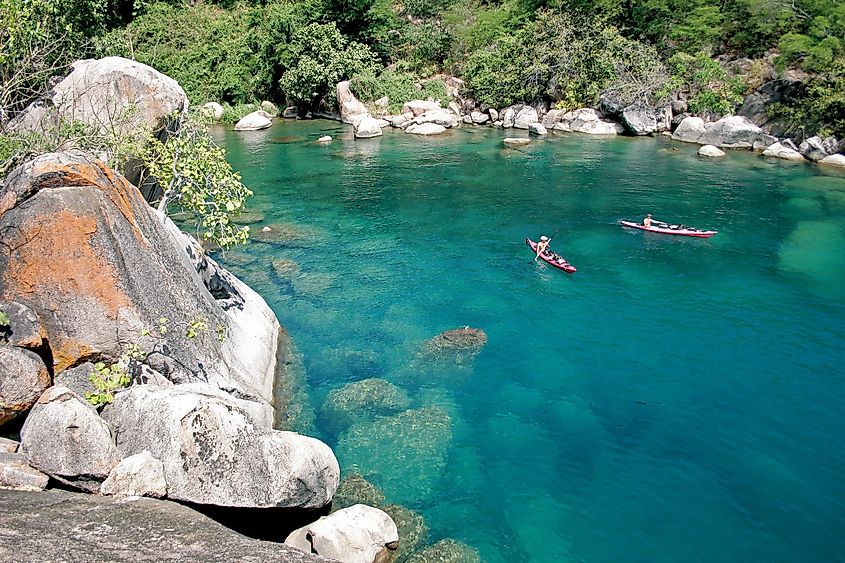
Lake Malawi has a surface area of 29,500 km2. The lake borders three different countries in south east africa, namely malawi, Mozambique and Tanzania. Malawi is an African Great Lake and is also the southernmost lake in the East African Rift system, meaning it is quite deep (706 meters at its deepest point). Lake Malawi is an extremely important lake due to its ecosystem. The lake is extremely high in biodiversity, and has more species of fish than any other lake in the world. Because of this, the lake is designated as a UNESCO World Heritage Site, and protected by law.
10. Great Slave Lake – 27,000 Km2
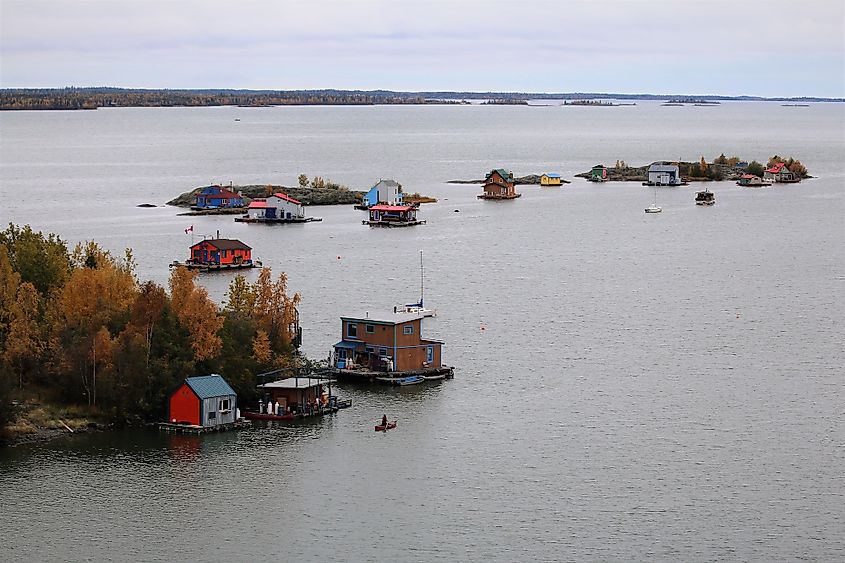
Great Slave Lake is actually the deepest lake in North America with an average depth of 41 meters, but a maximum depth of 614 meters. In terms of surface area, it is the tenth largest in the world, at 27,000 km2. It is located in the northern part of Canada, in the Northwest Territories. More than half of the population of the Northwest territories live in five main communities around the lake, including in the territories’ capital, Yellowknife. The area is rich with wildlife, and fishing is important here commercially and locally for food. Species found in the lake include Arctic grayling, Lake trout, Northern pike, and Lake whitefish.
30 Largest Lakes in The World
| Rank | Name | Countries with shoreline | Area |
|---|---|---|---|
| 1 | Caspian Sea | Kazakhstan
Russia Turkmenistan Azerbaijan Iran |
371,000 km2 |
| 2 | Superior | Canada
United States |
82,100 km2 |
| 3 | Victoria | Uganda
Kenya Tanzania |
68,870 km2 |
| 4 | Huron | Canada
United States |
59,600 km2 |
| 5 | Michigan | United States | 58,000 km2 |
| 6 | Tanganyika | Burundi
Tanzania Zambia Democratic Republic of the Congo |
32,600 km2 |
| 7 | Baikal | Russia | 31,500 km2 |
| 8 | Great Bear Lake | Canada | 31,000 km2 |
| 9 | Malawi | Malawi
Mozambique Tanzania |
29,500 km2 |
| 10 | Great Slave Lake | Canada | 27,000 km2 |
| 11 | Erie | Canada
United States |
25,700 km2 |
| 12 | Winnipeg | Canada | 24,514 km2 |
| 13 | Ontario | Canada
United States |
18,960 km2 |
| 14 | Ladoga | Russia | 18,130 km2 |
| 15 | Balkhash | Kazakhstan | 16,400 km2 |
| 16 | Bangweulu | Zambia | 15,100 km2 |
| 17 | Vostok | Antarctica | 12,500 km2 |
| 18 | Onega | Russia | 9,700 km2 |
| 19 | Titicaca | Bolivia
Peru |
8,372 km2 |
| 20 | Nicaragua | Nicaragua | 8,264 km2 |
| 21 | Athabasca | Canada | 7,850 km2 |
| 22 | Turkana* | Ethiopia
Kenya |
6,405 km2 |
| 23 | Reindeer Lake | Canada | 6,330 km2 |
| 24 | Issyk-Kul | Kyrgyzstan | 6,200 km2 |
| 25 | Urmia* | Iran | 6,001 km2 |
| 26 | Vänern | Sweden | 5,545 km2 |
| 27 | Winnipegosis | Canada | 5,403 km2 |
| 28 | Albert | Uganda
Democratic Republic of the Congo |
5,299 km2 |
| 29 | Mweru | Zambia
Democratic Republic of the Congo |
5,120 km2 |
| 30 | Nettilling | Canada | 5,066 km2 |


 Users Today : 235
Users Today : 235 Total views : 463940
Total views : 463940